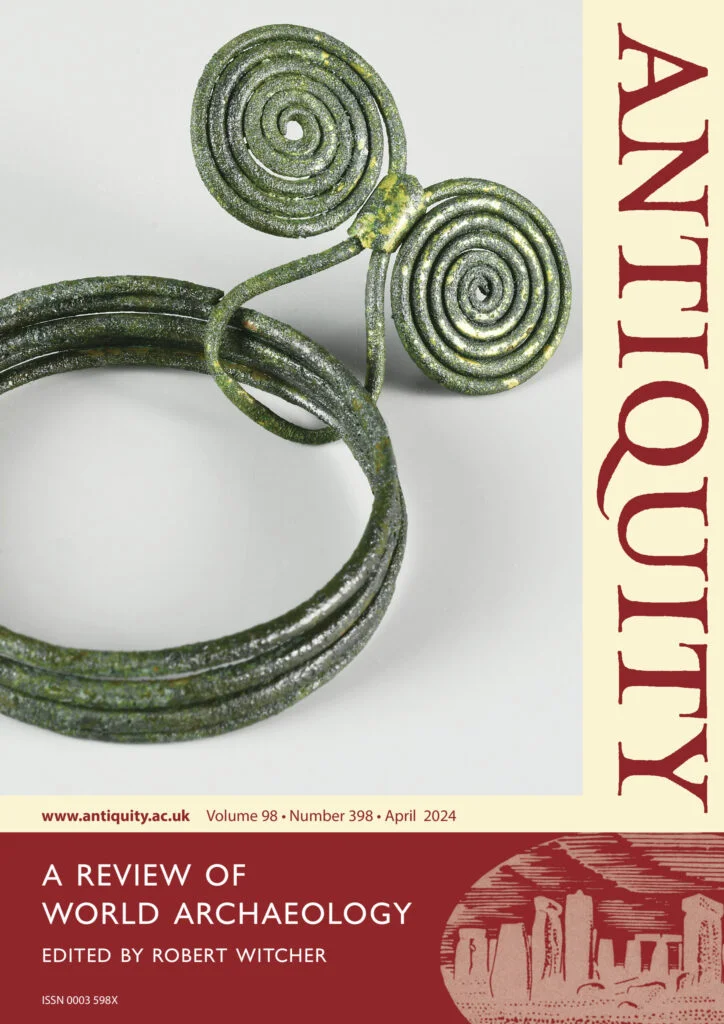Mirosław Masojć, Byambaa Gunchinsuren, Józef Szykulski, Grzegorz Michalec, Bazargur Dashzeveg, Rafał Sikora, Davaakhuu, Przemysław Bobrowski, Maciej Jórdeczka, Antoni Wójcik, Andrzej Gałaś, Marcin Szmit, Odpurev Gankhuyag, Marta Osypińska, Enkhtaivan Namjilmaa I Éva David; Antiquity, 11 April 2024
Palaeolakes, caves and settlement during the Pleistocene and Holocene around Tsakhiurtyn Hundi, Mongolia
An article entitled “Palaeolakes, caves and settlement during the Pleistocene and Holocene around Tsakhiurtyn Hundi, Mongolia” has been published in the journal Antiquity: Project Gallery. The authors include Prof. Mirosław Masojć, Prof. Jóżef Szykulski, Grzegorz Michalc, and Prof. Marta Osypińska from our Institute.
The publication presents the results of a new research project focusing on the prehistory of the region surrounding a large flint outcrop in Mongolia, called Tsakhiurtyn Hundi, located on the border between the Gobi-Altai Mountains and the Gobi Desert.
Significant discoveries were made during the survey within the mountainous area of the Arts Bogdyn massif surrounding Tsakhiurtyn Hundi. Nearly 50 open-air Palaeolithic sites were found within the valleys, yielding not only flint but also other raw materials, such as greenish quartzite, reddish jasper or blackish flint.
Three caves in Cretaceous lavas were discovered, which were unmarked on previous maps. Trial trenching of the FV8 site (Figure 5C), the biggest cave, reached a depth of 3.2m. Six archaeological horizons have been documented so far (layers II–VII) and each contains lithic artefacts and animal remains; a few bone beads were also discovered within layer VII. The C14 dating results for layer IV (28952–27854 cal BC with 95.4% probability: Poz-161672) indicate that the four oldest horizons are connected with the Upper Palaeolithic.

